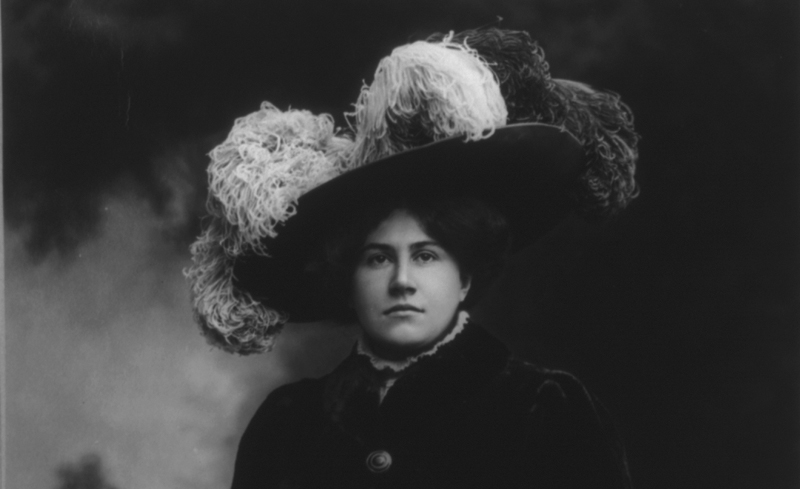By Chris Showalter
Ornithologist, Fernbank Science Center
Did you know that it is illegal to possess a native bird or any part of a native bird (alive or dead) in the United States without proper permits? This includes finding feathers in your yard, a dead bird on the road or even a bird nest on your front porch. The Migratory Bird Treaty Act of 1918 (MBTA) which began as a convention between U.S. and Great Britain (through Canada) in 1916 was implemented for the protection of migratory birds.
Specific provisions in the statute include:
“Establishment of a Federal prohibition, unless permitted by regulations, to "pursue, hunt, take, capture, kill, attempt to take, capture or kill, possess, offer for sale, sell, offer to purchase, purchase, deliver for shipment, ship, cause to be shipped, deliver for transportation, transport, cause to be transported, carry, or cause to be carried by any means whatever, receive for shipment, transportation or carriage, or export, at any time, or in any manner, any migratory bird or any part, nest, or egg of any such bird." (Federal Register, Vol. 78, No. 212).
What happens if you violate this law? Violations of the MBTA constitute a misdemeanor and conviction results in a fine of not more than $500 or imprisonment of not more than six months. Activities aimed at selling migratory birds in violation of this Act would be a felony and subject to fine of not more than $2,000 and imprisonment not to exceed two years. The law is enforced by the U.S. Fish and Wildlife Service.
Why make such a harsh law for picking up a feather? Obviously, the law is not intended to prosecute kids for keeping a Blue Jay (Cyanocitta cristata) feather found in their yard, although it is technically illegal to do so. The law was originally implemented to curb “plume” hunting for the hat industry at the beginning of the 20th century. Big wide-brim hats (see below) with showy bird “plumes” were all the rage in the early 1900’s and many birds, such as the Great “White” Heron, a distinct color morph of the Great Blue Heron (Ardea herodias), were nearly hunted to extinction to fuel the fashion craze.

Opera singer Emmy Destinn wearing a plume-covered hat, around 1909. Credit:United States Library of Congress Prints and Photographs Division
The law was made very strict, with few or no loopholes, so that “plume hunters” as they were called at the time, could not simply say “I found these feathers” or “the bird was already dead.” Such proclamations would not matter since it is illegal to possess or sell any part of a bird, no matter how it was obtained. The strictness of the law gave it some teeth when it came time to prosecute offenders.
The feathered-hat would eventually fall out of fashion due in large part to the MBTA and from the conservation efforts of many concerned citizens who led an outcry condemning the hats. Unfortunately, the MBTA is still quite relevant today as wildlife officials deal with the overwhelming problem of illegal trade of wild birds and other animals.
What if the bird is non-migratory? This is tricky, for example the Northern Cardinal (Cardinalis cardinalis) is not really a migratory species, in that it does not have a distinctly separate breeding range and wintering range that it migrates to and from between the seasons. Even so, the Northern Cardinal is still covered by the law…Why? The law has been interpreted to cover any bird that can be proven to naturally occur in the United States or its territories. Several conventions and amendments to the original Act have been added over the years and with the Migratory Bird Treaty Reform Act of 2004 all species native to the United States or its territories, which are those that occur as a result of natural biological or ecological processes were added to the official list of protected species. For more information about the criteria used to protect a species and for the full list of protected species click here.
This year (2016) marks the centennial of the Migratorty Bird Treaty Act. The MBTA, along with the Lacey Act of 1900, which was the first law passed in the U.S. to protect wildlife, were the precursors for other important animal conservation laws like the Endangered Species Act. These laws form the cornerstone of efforts to conserve birds that live in the U.S. and migrate across international borders.
Click here for more information about “plume” hats and the people that led the movement to save the birds.
Click here for more information about the 100 years of the Migratory Bird Treaty Act.
